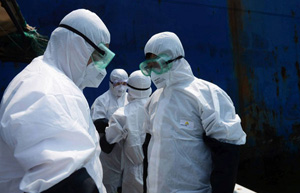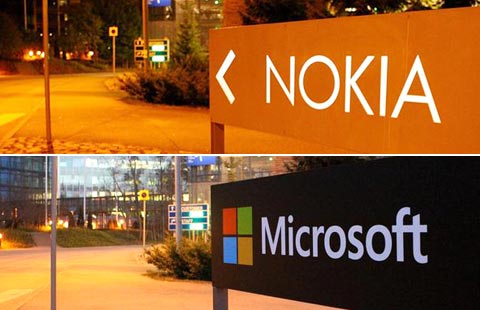The forgotten rise in West Africa
By Lauren Johnston (China Daily) Updated: 2014-10-27 07:44A four-way $20-billion deal signed in May will begin exploitation of what majority stakeholder Anglo-Australian mining giant Rio Tinto says is one of the world's largest untapped high-grade iron ore deposits, in Simandou, Guinea. The four partners are the government of Guinea, Rio Tinto, China's aluminum giant Chinalco, and the World Bank's private sector lending arm, the International Finance Corp.
Rio Tinto says the Guinean deposit, with more than 2 billion tons of high-grade iron ore, could sustain a mine life in excess of 40 years.
The deal would make Guinea home to Africa's largest iron ore mine and largest infrastructure project. The Australian newspaper reported recently that the deal is on track to deliver the project's first shipment of iron ore in 2018, despite the Ebola outbreak.
Guinea's mining minister told The Financial Times that the development would be a "game changer" for one of the world's poorest countries.
"With Simandou, our country is expected to have a double-digit growth rate very soon," said Kerfalla Yansane, mining minister.
At the same time, Sierra Leone and Liberia, also with help from foreign investors, are better exploiting their iron ore reserves.
In May at the World Economic Forum on Africa, held in Nigeria, Premier Li Keqiang spoke of Africa having become a "major pole in global economic growth". He added that realizing Africa's economic potential required infrastructure, and also that China has spare financing and production capacity in this area. He vowed that China would help Africa build a rail, expressway and aviation network - a vow that will require vast quantities of steel.
While Guinea, Liberia and Sierra Leone do not have the capacity to produce enough electricity to support mega steel production, they should have ready customers elsewhere in the continent.
In September, for example, Hebei Iron and Steel Group Co, China's second-largest steel producer, agreed to take a 51 percent stake in a venture with South Africa's Industrial Development Corp and the China-Africa Development Fund. The deal will see a large steel mill built in South Africa that The Wall Street Journal says will be China's largest overseas steel mill. The first phase of production would start in 2017, and by 2019, the completed plant would be able to produce 5 million metric tons annually, mainly of construction steel.
Other foreign investors, including China's Sinosteel and Italy's Danieli SpA, have been in discussions about steel capacity expansions in Nigeria and Ethiopia.
Aside from income from royalties and taxes that can pay for more hospitals and medical specialists in the ore producing countries, the steel produced from it by these emerging mass-scale African steel mills would serve two purposes beyond exports outside of the region. Firstly, it can be used to construct an infrastructure network and commercial landscape across the continent to literally support Africa's rise. Secondly, it would also provide raw materials for planned East Asian-invested automotive and other manufacturing plants in eastern and southern Africa.
This vision of dual-track industrialization, of infrastructure and goods manufacturing, offers the fabric of the continued Africa rising story. It also hints at Africa's potential to emulate the story of the arrival of steel mills in East Asia, from the United States and Europe, that went on to supply some of the ingredients of what former World Bank economist John Page described as the East Asian economic miracle.
Looking beyond the current Ebola crisis, it's clear that Africa has a chance for the same type of substantial improvements in healthcare, education and other standards of living that miracle has produced.
The author is a Beijing-based academic who holds a doctorate in economics from Peking University, and specializes in China-Africa affairs. The views do not necessarily reflect those of China Daily.
|
 |
 |
| Counting the far-reaching costs of an epidemic | China firm eyes quick approval of drug to cure Ebola |
- Mighty oaks from little acorns grow
- Volvo unveils new S60L hybrid vehicle
- Auto racing has only just begun for sports investment
- Rise of inland car markets
- Chinese companies confident in social business
- Beyond the horizon
- Chinese vice premier underlines steady employment
- FDI in Africa to expand into agriculture and manufacture
















